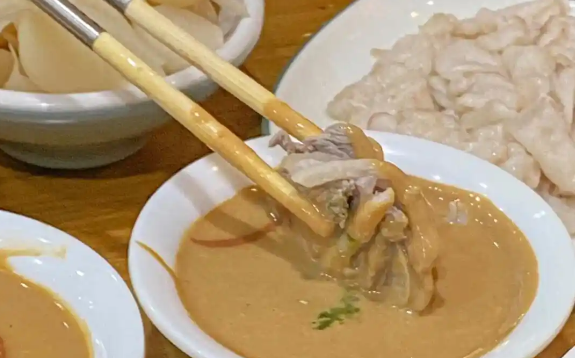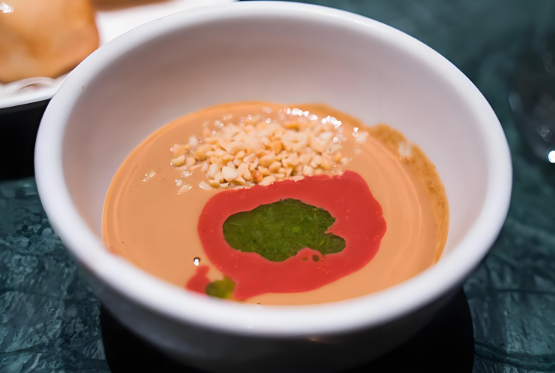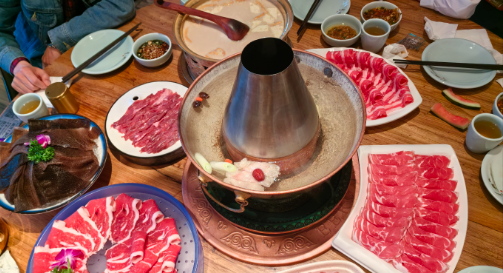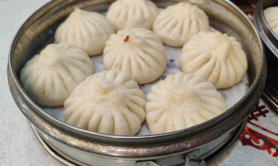In Beijing’s icy winters, few meals unite locals and travelers like Shuan Yangrou (涮羊肉) – a theatrical copper-pot hot pot where paper-thin lamb slices dance in boiling broth. More than a meal, it’s a 700-year-old ritual blending Mongol warrior traditions with imperial refinement.
From Battlefield to Banquet
Born in the Yuan Dynasty (1271-1368), soldiers boiled mutton in helmets over campfires. By the Qing era (1644-1912), it evolved into palace cuisine using “Eight Treasure Lamb” – eight premium cuts from specially pasture-raised sheep. Today, it’s Beijing’s ultimate communal dining experience.
The Naked Truth About Broth
Purists insist:
Clear broth only:
Just water, scallion, ginger, and dried shrimp. No spices to mask the lamb’s sweetness.
Copper cauldron:
Hand-hammered pots with smokeless charcoal ensure even heat.
Three-Swipe Rule:
Dip lamb for 1) 10 secs in boiling broth, 2) 8 secs, 3) 6 secs – achieving tender perfection.
Lamb Anatomy 101
Butchers categorize 20+ cuts:
- Shangnao (上脑): Marbled shoulder meat, melts like foie gras
- Dabianr (大三叉): Leg muscle for chewiness
- Jicheng (磨裆): Rump cut with satisfying bite
Sauce Alchemy
Mix your dipping sauce at the table:
- Baseline: Sesame paste + fermented tofu (50/50)
- Upgrade: Add chili oil, cilantro, and a splash of shaoxing wine
- Daredevil: Raw garlic and韭菜花 (leek flower sauce)
Where to Swish Like a Pro
- Jubaoyuan (聚宝源): It’s been open for more than 30 years, has queues all year round, and is known for its fresh ingredients.
- Nanshan Xianxing (南门涮肉): Chain with QR-coded meat tracing to Inner Mongolian grasslands.
- Donglaishun (东来顺): Since 1903, where politicians like Nixon learned chopstick swishing.
Why It’s Timeless
Shuan Yangrou embodies Beijing’s dual identity – rugged northern pragmatism (no wasted ingredients) and cosmopolitan openness (everyone shares the pot). As steam rises from copper pots in winter, strangers become friends debating dip sauce ratios.




















No comments yet